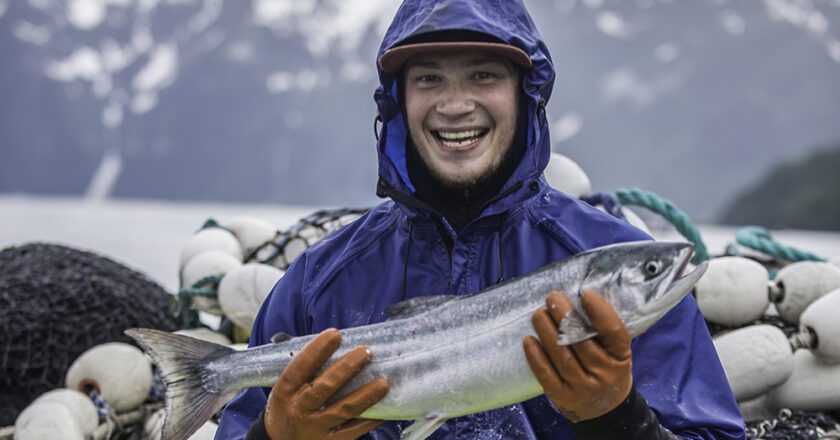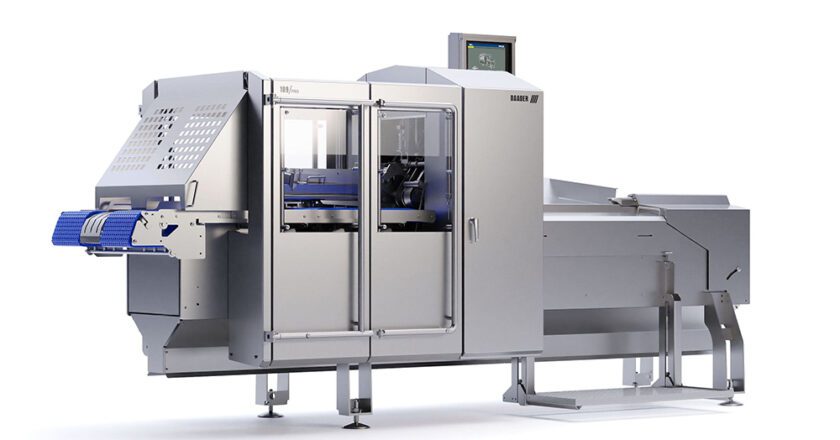Good Physical, Mental Health Key to Successful Fishing
By Margaret Bauman
margie@maritimepublishing.com
Harvesting commercial seafood on the coastal waters of Alaska demands physical and mental fitness to begin with, and the rougher the weather, the more important it is to be ready to handle whatever the job demands.
The Northeast Center for Occupational Health and Safety (NEC) in Cooperstown, N.Y., describes commercial fishing as a stressful, dangerous occupation. Injuries, chronic pain, sleep deprivation, anxiety, depression and other stressors are common, and research has concluded that fishermen are four times more likely to die from a drug overdose and 16 times more likely to die by suicide than the average person.
An NEC study found that post-traumatic stress disorder rates in commercial fishermen are three times higher than th...










